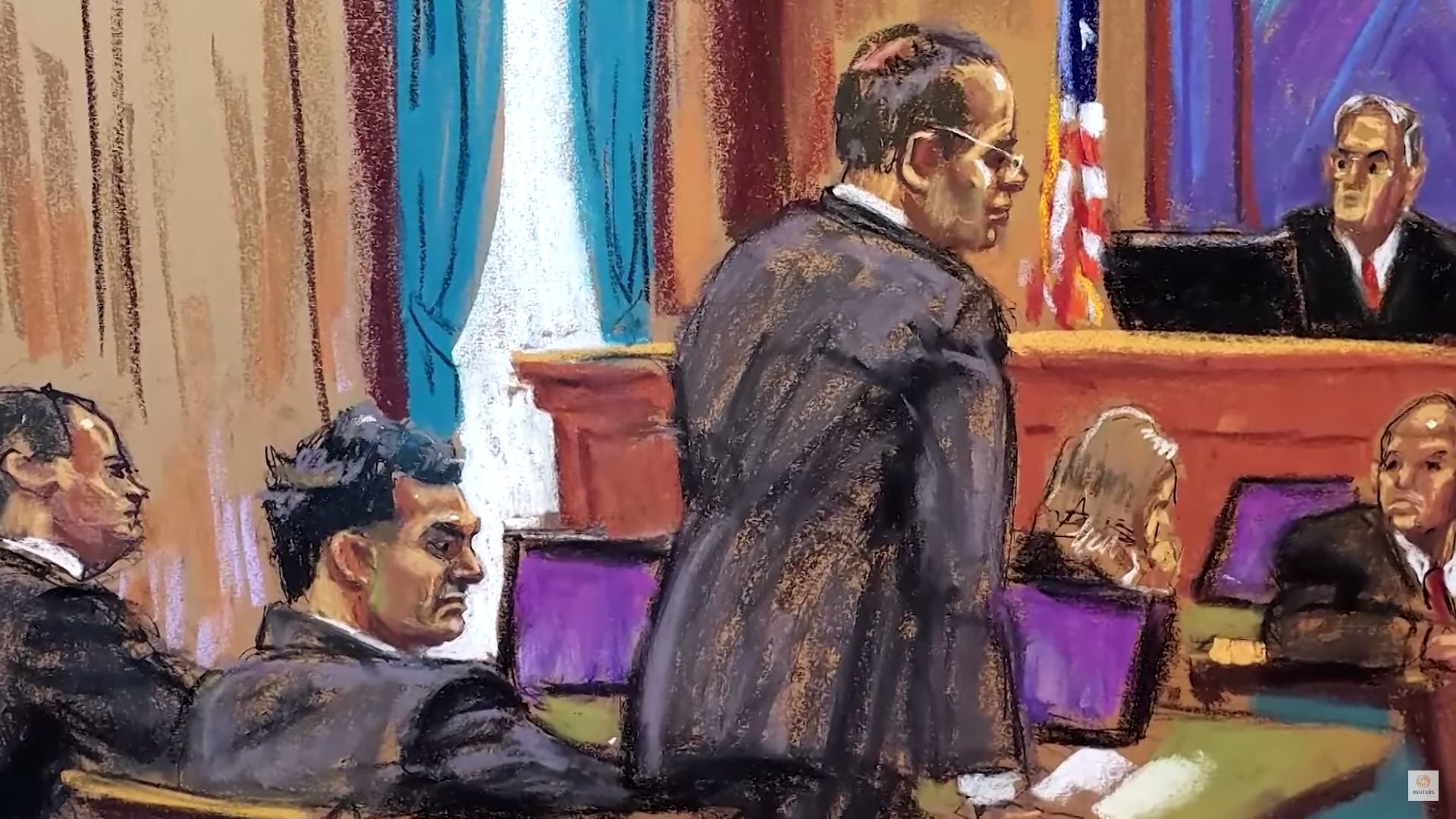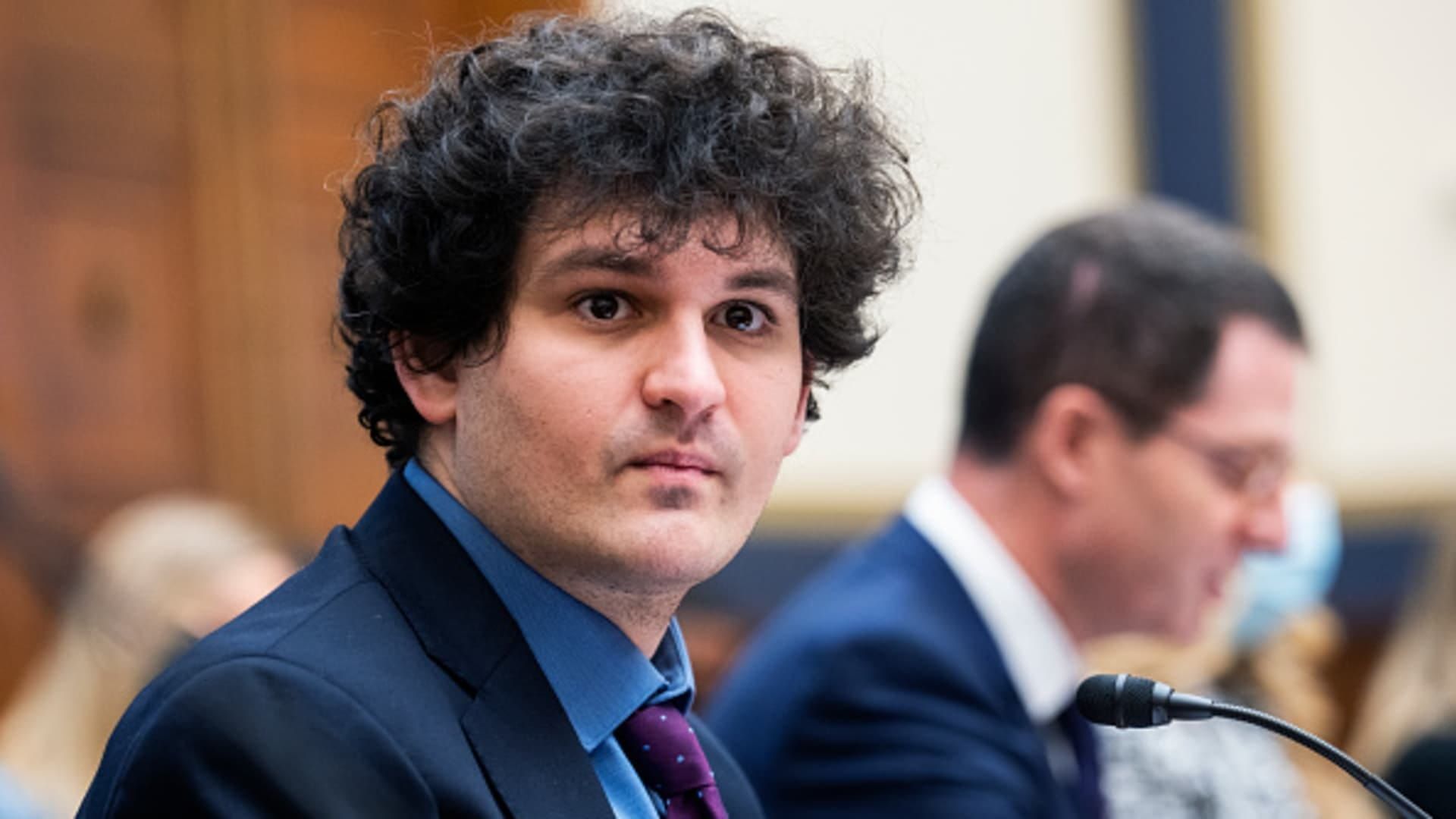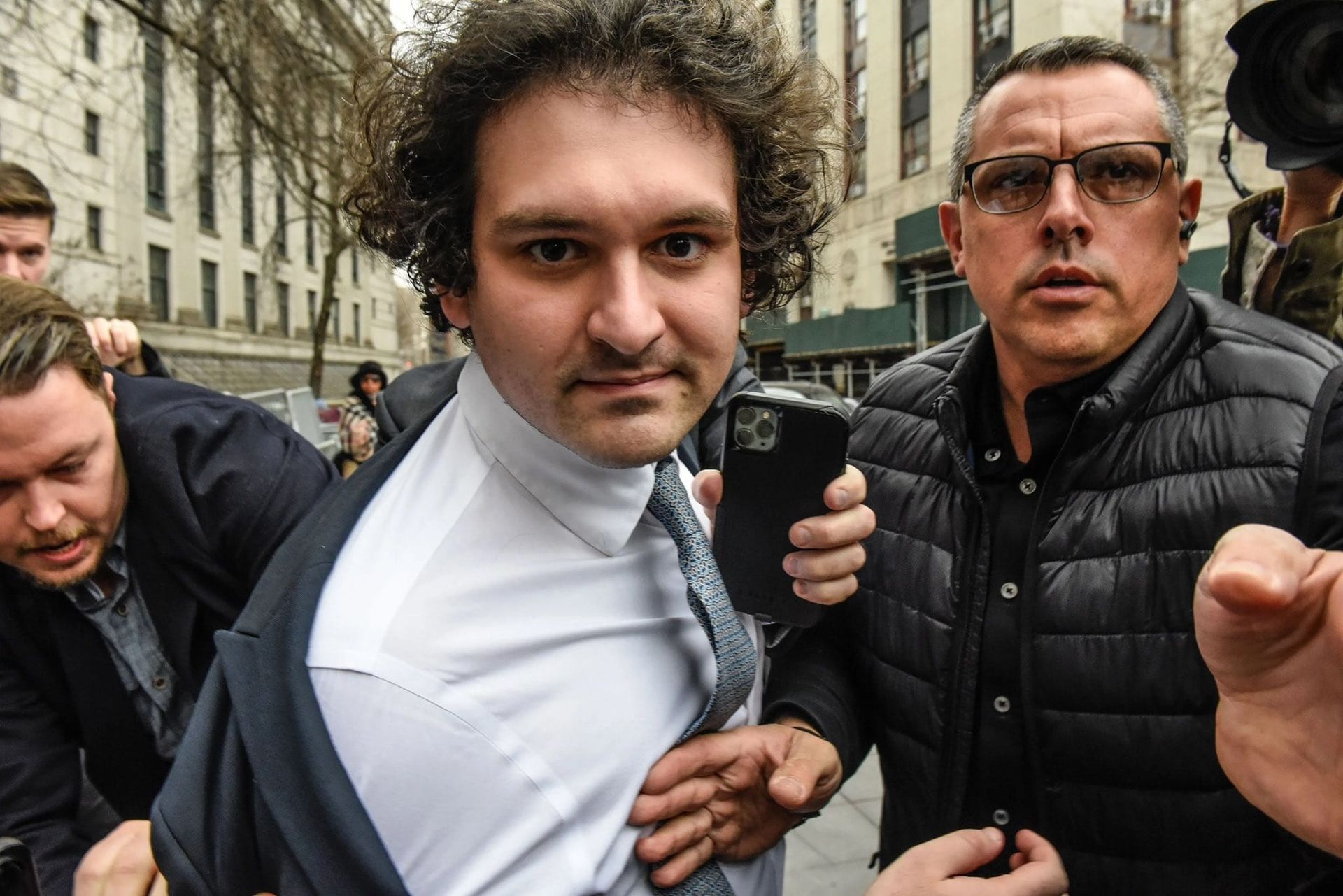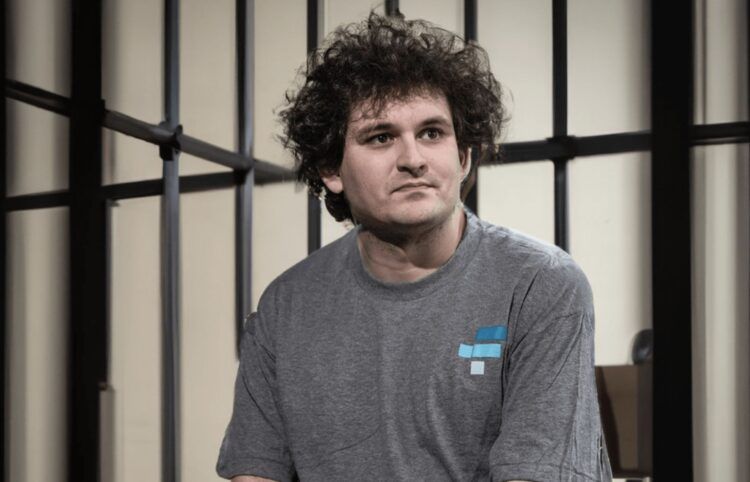FTX founder Sam Bankman-Fried, once hailed as a luminary in the industry, has been convicted of orchestrating one of the most colossal financial frauds in history. The verdict not only marks a precipitous fall from grace for the 31-year-old entrepreneur but also raises critical questions about the state of oversight and regulation in the burgeoning crypto sector.
In this article, we’ll provide an in-depth examination of the trial proceedings, the multifaceted allegations, and the potential ramifications for both Bankman-Fried and the broader cryptocurrency landscape.

The trial and verdict
Following an extensive month-long trial, a 12-member jury convened in Manhattan federal court deliberated for just over four hours before rendering a unanimous guilty verdict on all seven counts brought against Bankman-Fried. As the verdict was announced, Bankman-Fried, who had steadfastly maintained his innocence, stood facing the jury, perhaps comprehending the profound implications of the outcome.
The conviction represents a significant triumph for the U.S. Justice Department, particularly for Damian Williams, the preeminent federal prosecutor in Manhattan, who has made eradicating corruption in financial markets a cornerstone of his tenure.
FTX’s sudden downfall
The verdict arrives nearly a year after the abrupt and bewildering bankruptcy filing of FTX, an event that reverberated throughout global financial markets. The swift collapse not only sent shockwaves through the industry but also culminated in the obliteration of Bankman-Fried’s once-vaunted $26 billion personal fortune.
Once celebrated as an innovator and disruptor in the crypto space, Bankman-Fried now finds himself in the company of infamous figures like Bernie Madoff and Jordan Belfort, individuals who became synonymous with major U.S. financial transgressions.
Sentencing and ongoing legal battles
U.S. District Judge Lewis Kaplan has slated Bankman-Fried’s sentencing for March 28, 2024. Given the gravity of the charges, the Massachusetts Institute of Technology graduate potentially faces decades of incarceration. Furthermore, Bankman-Fried is set to confront another set of charges, including alleged foreign bribery and bank fraud conspiracies, in a subsequent trial scheduled for the coming year.

Unpacking the allegations
Central to the prosecution’s case was the assertion that Bankman-Fried systematically diverted funds from FTX to his crypto-focused hedge fund, Alameda Research. This was done despite Bankman-Fried’s public assurances of prioritizing the safety of customer funds.
Alameda, in turn, utilized these funds for various purposes, including settling debts with lenders, extending loans to Bankman-Fried and fellow executives, and engaging in speculative investments.
Bankman-Fried’s defense
Throughout the trial, Bankman-Fried took the stand, offering his perspective over the course of three days. He conceded to missteps in FTX’s management but steadfastly maintained his innocence regarding the alleged misappropriation of customer funds.
He argued that he believed Alameda’s borrowing from FTX was within permissible bounds and claimed ignorance of the extent of their debts until shortly before the downfall of both companies.
The conviction of Sam Bankman-Fried serves as an emphatic reminder of the evolving landscape and potential pitfalls within the cryptocurrency sphere. As the crypto industry continues its rapid expansion, it is imperative that robust regulatory frameworks and ethical standards are established to safeguard the interests of users and investors alike.

Bankman-Fried’s case stands as a sobering cautionary tale for all stakeholders in the digital asset space, underscoring the vital need for vigilance and accountability in this dynamic and rapidly evolving sector.
Meanwhile, it’s not the end of story for FTX. If you’re curious about what’s in store for the company, make sure to check out our article on how the new CEO says that the FTX restart is on the way.
Featured image credit: Binance





